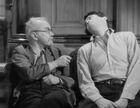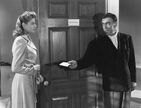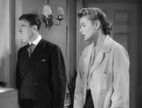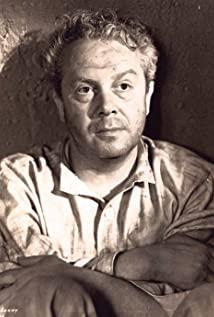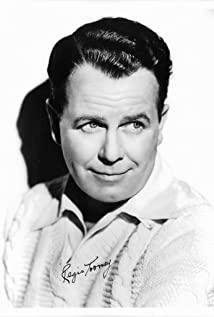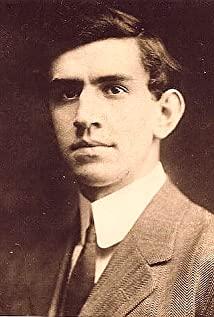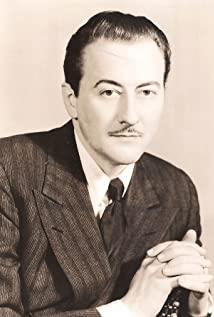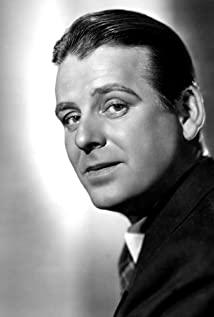The film is the work of Hitchcock, the master of suspense, and it is indeed a masterpiece. The film has always been in an atmosphere of speculation and suspense. The film tells that the director of the mental hospital Murchison is about to retire, and he is replaced by Dr. Edward. No one could have imagined that Doctor Edward was so handsome and so young. Peterson, a psychoanalyst in the hospital, fell in love with him at first sight and fell in love. But she found out that the lover in front of her was not Dr. Edward, but a mental patient who thought she was the murderer who killed Dr. Edward. Peterson, however, is convinced that he is only troubled by a criminal complex, not a murderer. She insisted on her own judgment and worked hard to help her lover untie the knot. In the end, she not only cured his childhood heart disease but also cleared his grievances.
The film begins with this passage: Our story involves psychoanalysis. Psychoanalysis is used by modern science to treat emotional and emotional problems of the mind. The psychoanalyst seeks only to lead the patient to talk about his hidden problems, thereby opening the locked door within him. As soon as the unsettling complex is uncovered and explained, the symptoms and confusion will pass away... The delusional devil will be cast out of the human soul.
The film helps us understand psychoanalysis through the process of Peterson helping his lover untie his knot, helping him interpret dreams and memories, and recalling childhood events. Freud, the master of the psychoanalytic school, was a psychological determinist. He believed that human psychological activities have a strict causal relationship. Nothing is accidental, and dreams are no exception. It is by no means an association formed by chance, but a wish fulfillment. A dream is a euphemism for a desire that has been repressed into the subconscious while awake. Dreams are a secret passage to the subconscious. Through the analysis of dreams, we can get a glimpse of people's inner psychology and explore their subconscious desires and conflicts. In the film, in order to remind the male protagonist of what happened when he was with Dr. Edward, the method of dream interpretation was adopted to help him recall. All the plots in the dream are symbolic. Some subconscious minds suppressed by the will can be manifested in dreams.
Freud believed that childhood painful experiences that are repressed in the subconscious at the bottom of the mind are usually manifested in the form of dreams or fantasies. However, under accidental circumstances, if there are related psychological factors that appear at the level of consciousness, they can be fragmented, irregular, and modified in daily memory. The male protagonist in the film has a criminal complex because of an accident when he was a child. He accidentally knocked down his brother who was sitting on the roof, causing his brother to die. So he has a deep sense of guilt. So subconsciously he was the murderer, so when he saw Doctor Edward rushing down the mountain in front of him because of an accident, the picture of his brother's death reappeared in his mind, and he subconsciously thought that he was the murderer who killed him. Because he was unwilling to face or said that he did not dare to face the fact that he caused his brother's death, he chose to escape, causing him to lose his memory. Only to calmly recall or face childhood memories that were painful or frightening. to unravel the knot. Because only by accepting it first can you find the source of your pain or fear and unravel the knot.
View more about Spellbound reviews



